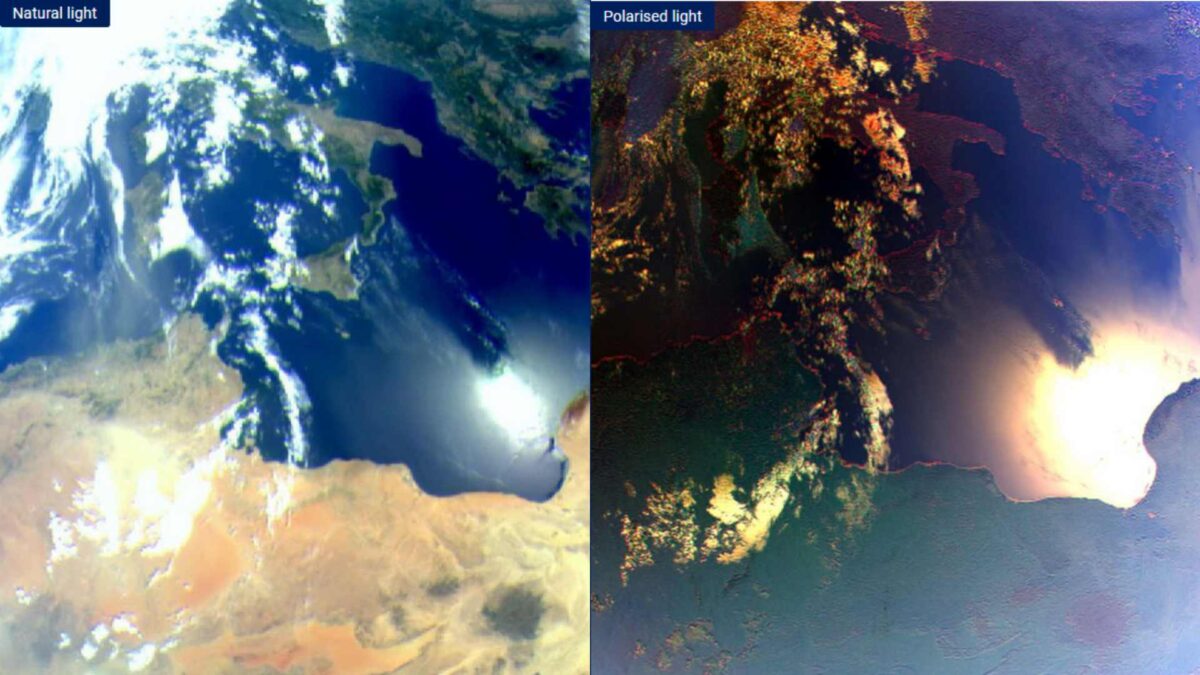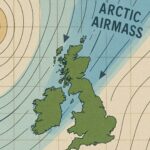
New Space Eye Targets Air Pollution and Extreme Weather

A powerful new European satellite instrument has returned its first images from space, offering unprecedented insight into the particles that shape weather, climate and air quality across the continent.
The Multi-Viewing, Multi-Channel, Multi-Polarisation Imager (3MI) was unveiled at the opening of the 30th EUMETSAT Meteorological Satellite Conference in Lyon, where more than 500 experts have gathered this week to explore how satellite data can better protect society from extreme weather and climate change.
Mounted on the recently launched Metop Second Generation A1 satellite, 3MI began capturing images on 28 August, just two weeks after launch. Its first pictures reveal striking atmospheric detail, including smoke from devastating wildfires in southern Europe and rare rainbow cloud formations over Peru and Chile.
The instrument is Europe’s first operational polarimeter in space and one of only a handful worldwide. It can observe multiple signatures of the Earth’s atmosphere at once, providing a new window into how aerosols, clouds and pollution behave. The data are expected to sharpen weather forecasts, strengthen climate monitoring and improve public health protection across Europe and beyond.
Air pollution remains the leading environmental health risk in Europe, linked to more than 350,000 premature deaths in EU countries in 2022. Experts say 3MI’s data will allow forecasters and public authorities to track pollutants with far greater accuracy than before.
Developed over 15 years by EUMETSAT, the European Space Agency, Leonardo, Airbus Defence and Space and a network of international partners, 3MI builds on the legacy of the French-led POLDER mission, which first demonstrated the power of polarised light to study atmospheric particles.

The conference theme, “From Space to Safety,” reflects the growing urgency to translate satellite observations into action. Delegates in Lyon are examining how meteorological satellites can improve forecasts, strengthen climate resilience and help governments, businesses and citizens respond more effectively to a warming planet.
Phil Evans, Director-General of EUMETSAT, said 2024 was the hottest year ever recorded in Europe and globally. “From high above Earth, meteorological satellites can reveal the scale and fine detail of some of the world’s most critical weather and climate stories. The discussions in Lyon will explore how satellite data can be used to improve forecasts, strengthen responses to climate change and enable national and regional bodies to deliver services that protect lives, property and economies,” he said.
Virginie Schwarz, Chief Executive of Météo-France, said meteorological satellite data are indispensable to modern forecasting. “They provide more than 90 per cent of the information that goes into our global numerical weather prediction model. They support our forecasts and climate monitoring and give decision makers the knowledge they need to take faster, more effective action as climate change drives more extreme weather events,” she said.
3MI’s first images follow successful early data releases from other instruments on the Metop Second Generation A1 satellite, including the Microwave Sounder and the Radio Occultation Sounder. Together they mark a major step forward in Europe’s ability to monitor the atmosphere from space.
Share this WeathÉire story:







